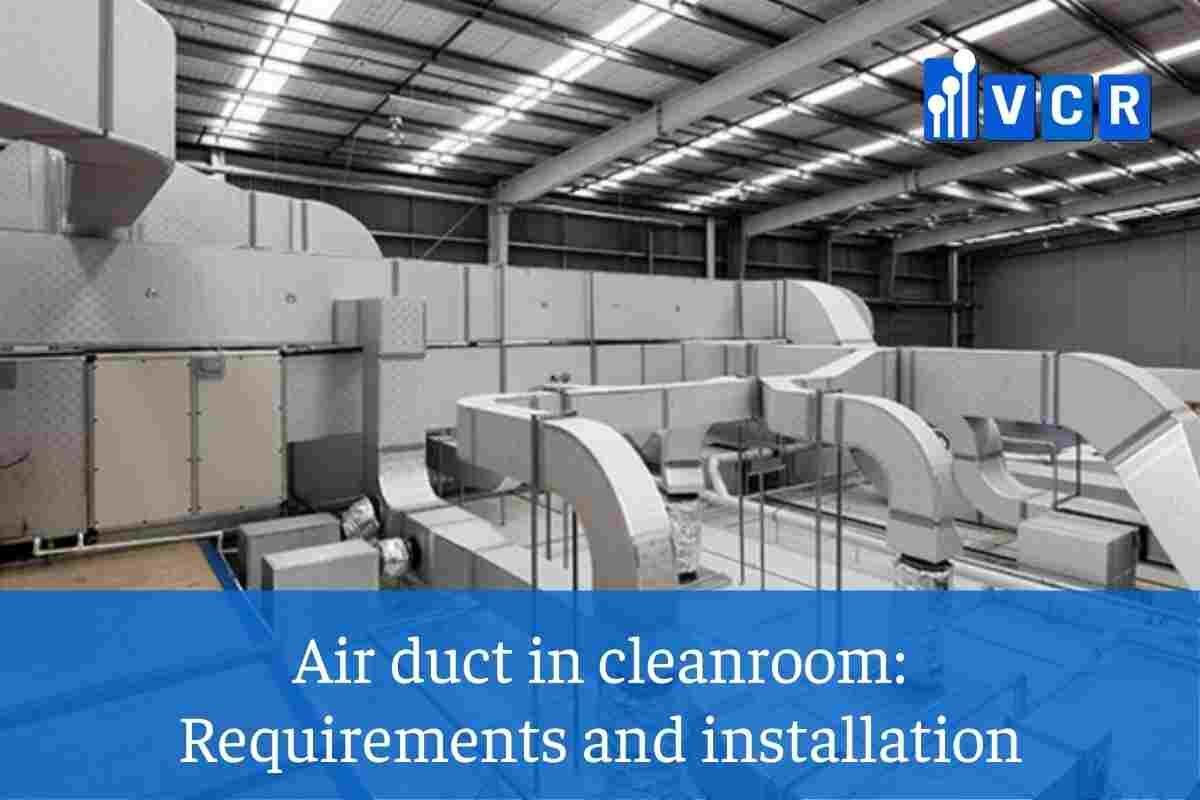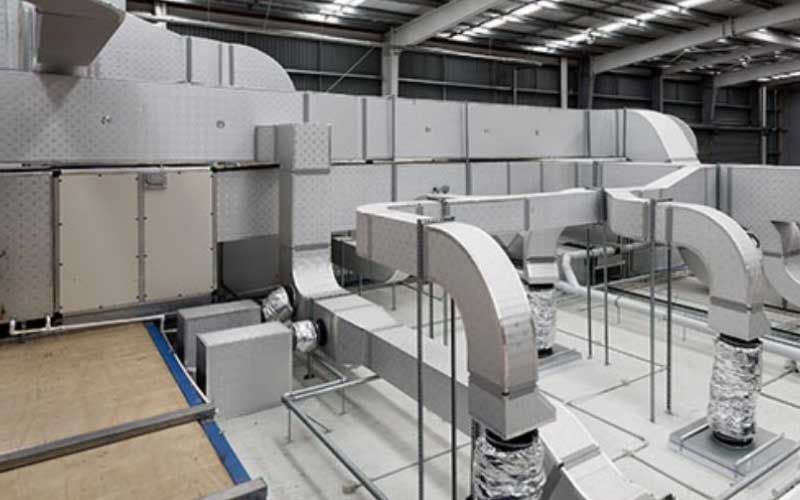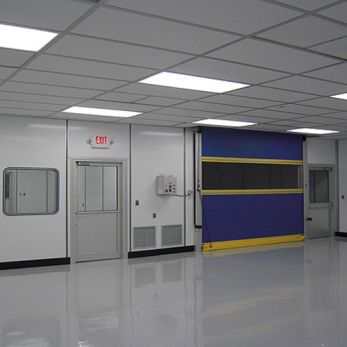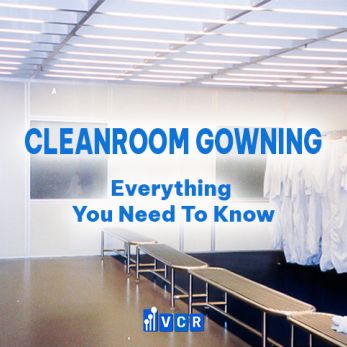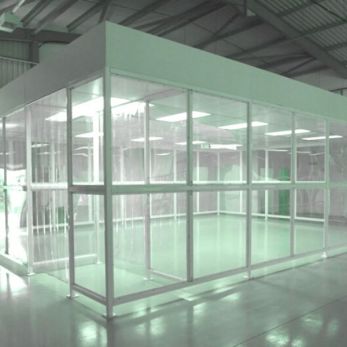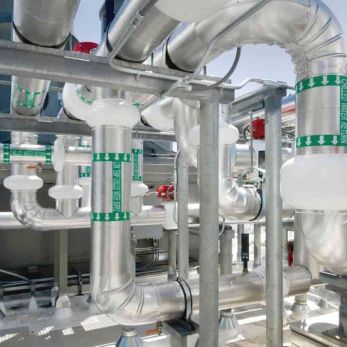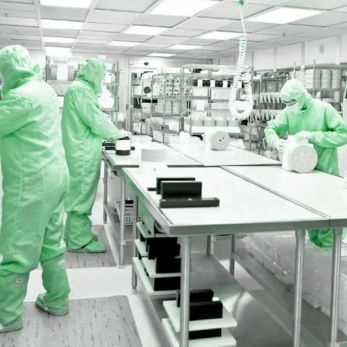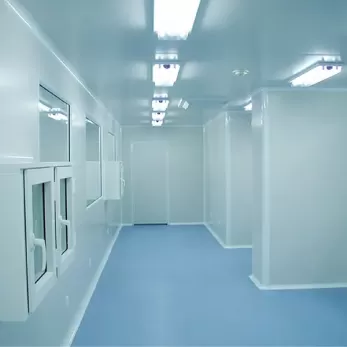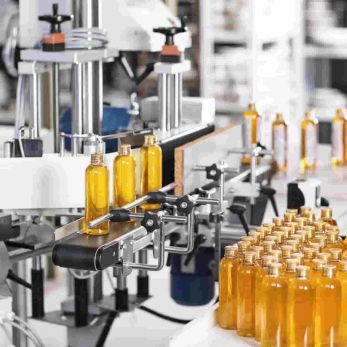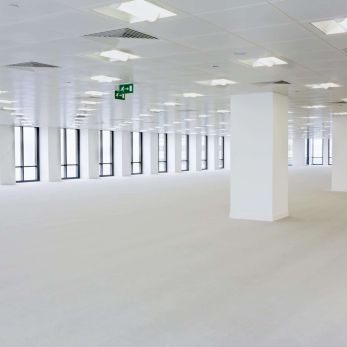Air duct in cleanroom: Requirements and installation
The installation of filtered air ducts needs to meet two requirements: one is that the pipeline system must be clean, and the other is that the pressure of the pipeline is high. Air ducts and components 1. The material for the air duct of the air handling
The installation of air ducts in cleanroom is not easy. This article will indicate the requirements and installation of air duct in cleanroom. Let's find out!
Air ducts and components
1. The material for the air duct of the air handling system should be selected according to the requirements of the engineering design documents.
When there is no requirement for engineering design, galvanized steel sheet should be used.
When the production process or environmental conditions require non-metallic air ducts, non-combustible materials should be used.
2. The air duct of the purification air handling system should meet the following requirements:
(1) When the side length of the rectangular air duct is less than or equal to 900mm, the bottom plate shall not be spliced. The rectangular air duct exceeding 900mm shall not be spliced horizontally
(2) The bolts, nuts, washers, and rivets used for the air duct should be compatible with the performance of the duct and have no electrochemical corrosion.
(3) The inner surface of the air duct is smooth, and reinforcement frames and reinforcing ribs shall not be set in the air duct
(4) When the air duct cannot be connected with flanges, S-shaped inserts, right-angle inserts, and vertical angle inserts shall not be used
(5) The air duct of the air handling system with the air cleanliness class ISO 1 ~ ISO 5 shall not adopt the snap-type bite
(6) When the air cleanliness level is ISO clas 1 ~ ISO class 5, the distance between the air duct flange bolt and the rivet hole shall not be greater than 80mm.
When the air cleanliness level is ISO class 6 ~ ISO class 9, it shall not be greater than 100mm;
(7) When the side length of the rectangular air duct is greater than 1000mm, the flangeless air duct connected by the flange card shall not be used.
3. Air duct cleaning and storage should meet the following requirements:
(1) When making air ducts on-site, a place with a rainproof shed and enclosure should be selected, and the site should be kept clean;
(2) When the air duct is damaged by biting, folding and riveting, anti-corrosion treatment should be carried out.
(3) After the air duct is produced, it should be cleaned carefully. The cleaning solution should be able to effectively remove dirt, oil stains, etc., and be harmless to human health and materials;
(4) After the secondary cleaning of the air duct meets the cleaning requirements, the end of the air duct should be sealed in time and stored in a cleanroom to avoid dust accumulation, moisture, and deformation.
4. After the air duct is cleaned, the light leakage method should be used to check the production quality of the air duct. The following requirements should be met:
(1) It should be carried out at night;
(2) The equipment used for testing. The tools should be well insulated and set up with leakage protection; the outer surface should be clean, free of oil, dust, and damage;
5. The static pressure box should meet the following requirements:
(1) The frame and fixing parts of the high-efficiency filter in the box should be galvanized, nickel-plated, sprayed or painted for anti-corrosion purposes.
(2) The outer casing should be firm, with good air tightness, and its strength and air leakage should meet the regulations.
6. All kinds of air valves, moving parts, fixing parts, and fasteners of the purification air conditioning system should be galvanized.
The gap between the valve body and the environment should be sealed.
7. The production of metal air ducts should meet the following requirements:
(1) The welding seam quality and the requirements for flange connection or flangeless connection of air ducts shall comply with the relevant provisions of the current national standard GB50243 "Code for Acceptance of Construction Quality of Ventilation and Air Conditioning Engineering"
(2) Flanges must not have cracks or holes. If there are small cracks or holes, the sealant should be applied to the positive pressure side of the sealing surface;
(3) The connection between the air duct and the accessories should be tight. If there is a gap, the sealant should be applied on the positive pressure side of the sealing surface;
(4) When the coating is damaged or defects such as pinholes, pockmarks, and peeling are found during the processing of the galvanized steel duct, two or more layers of anti-rust paint should be applied.
8. When the length of the edge of the rectangular duct is greater than or equal to 800mm or the length of the pipe section is greater than or equal to 1250mm, duct reinforcement measures should be taken.
9. The purification air-conditioning system should be provided with test holes and necessary cleaning inspection doors.
The inner surface of the inspection door should be flat, smooth, and flexible.
The connection with the air duct should be sealed
The gasket should be formed with sealing tape or a soft rubber strip.
10. The flexible short pipe shall meet the following requirements:
(1) Flexible materials that are dust-free, not easy to mold, smooth inner surface, airtight, moisture-proof, and anti-corrosion should be selected
(2) The length of the flexible short tube should not exceed 250mm. Make sure the connection is firm, and the airtightness is good
(3) The flexible short pipe shall not be used as the correction of the air duct.
Install the air duct system
1. The installation of the air duct of air handling system should be completed on the ground of the installation site.
2. After the air duct system is installed, the system leak test should be carried out. The air duct insulation and other processes can be carried out only after the acceptance is qualified.
3. The brackets should be firmly connected to the building envelope. When the expansion bolts are fixed, they shall comply with the provisions of the corresponding technical documents.
The hanger should be anti-corrosion.
4. The installation of the air duct and its accessories of the air-conditioning system shall meet the following requirements:
(1) Before installing it in place, it must be wiped clean, free of oil and dust;
(2) When the construction is stopped or completed, the air duct port should be blocked;
(3) The flange gasket should be made of dust-free, non-aging, airtight, and elastic materials; the thickness of the gasket should be 5~8mm;
(4) Flange gaskets must not be directly connected. It is strictly forbidden to paint on the gasket, and sealant can be used at the joints;
(5) Reliable sealing measures should be taken when the air duct passes through the cleanroom ceiling.
(6) Other pipes are strictly prohibited from crossing the air duct.
5. The installation of the air outlet in the cleanroom should meet the following requirements:
(1) Before installation, it should be wiped clean, free of oil, dust, etc.
(2) The connection with the air duct should be firm and tight.
(3) It is close to the decorative surface of the ceiling/wall, the surface is flat and reliable sealing measures should be taken at the joints.
(4) The installation position of the air outlet in the same cleanroom should be coordinated with the lighting fixtures and other facilities so that the arrangement is neat and beautiful;
(5) The air outlet with high-efficiency air filter should be a reliable fixed type.
6. The tightness test after installation of the air duct shall meet the engineering design requirements or the following regulations:
(1) The tightness test should be carried out according to the system, and the air leakage should meet the requirements of the current standards.
(2) The tightness test of the air duct of the purification air-conditioning system.
The high-pressure system (system with air cleanliness ISO class 1-ISO class 5) is tested according to the high-pressure system.
The air duct system (system with air cleanliness ISO class 6 - ISO class 9) with a working pressure lower than 1500Pa is tested according to the medium-pressure system.
7. The installation of air duct components and valves shall comply with the relevant provisions of the current standard.
8. The air duct of the purification air conditioning system should be insulated. Insulation shall meet the following requirements:
(1) The thermal insulation, thermal insulation, material, density, specification, and thickness of the air duct and its components shall meet the requirements of the engineering design documents;
(2) Dust-producing and mildew-prone materials shall not be used in the cleanroom (area);
(3) The construction acceptance of the thermal insulation layer shall comply with the relevant provisions of the current standard.
9. Purify the air ducts of the air conditioning system after cleaning and sealing. When installing accessories, open the port sealing membrane and connect immediately; when the installation must be temporarily stopped, the port should be resealed.
10. The outer surface of the air duct insulation layer should be flat. If the air duct in the cleanroom has insulation requirements, the outer surface of the insulation layer is smooth and easy to clean. Seams should be sealed with sealant.
11. The flexible short pipe shall not be used as the correction of the air duct.
